Growing Art Market Value
The Art Insurance Market is experiencing a notable increase in the overall value of art assets. As the art market continues to expand, with estimates suggesting a growth rate of approximately 5 to 7% annually, the demand for insurance coverage is likely to rise correspondingly. High-value artworks, including paintings, sculptures, and collectibles, require specialized insurance products to protect against potential losses. This trend is further fueled by the increasing participation of investors and collectors in the art market, who seek to safeguard their investments. Consequently, the Art Insurance Market is poised to benefit from this growing market value, as more individuals and institutions recognize the necessity of comprehensive insurance solutions to mitigate risks associated with art ownership.
Increased Regulatory Compliance
The Art Insurance Market is also influenced by increased regulatory compliance requirements. Governments and regulatory bodies are implementing stricter guidelines regarding the valuation, sale, and transportation of art. These regulations often necessitate that art owners obtain insurance coverage to comply with legal standards. As a result, the demand for art insurance is likely to rise as stakeholders seek to adhere to these regulations. Additionally, compliance with international laws regarding art provenance and ownership can further drive the need for insurance solutions that protect against legal disputes. The Art Insurance Market must navigate these evolving regulatory landscapes to provide relevant coverage options that meet the needs of art owners and collectors.
Emergence of Online Art Sales Platforms
The Art Insurance Market is being shaped by the emergence of online art sales platforms. As digital marketplaces gain traction, the volume of art transactions conducted online is increasing. This shift presents new challenges and opportunities for the insurance sector, as artworks sold through these platforms may require different coverage considerations. The Art Insurance Market must adapt to these changes by offering policies that address the specific risks associated with online sales, such as shipping damage and fraud. Furthermore, the rise of online platforms is likely to attract a younger demographic of art buyers, who may be more inclined to seek insurance for their purchases. This evolving landscape presents a potential growth avenue for the Art Insurance Market as it aligns with the changing dynamics of art commerce.
Growing Interest in Art as an Investment
The Art Insurance Market is witnessing a growing interest in art as an investment asset. Investors are increasingly recognizing the potential for art to appreciate in value over time, leading to a surge in art purchases for investment purposes. This trend is supported by data indicating that art has outperformed traditional investment vehicles in certain periods. As more individuals and institutions allocate funds to acquire art, the need for insurance coverage becomes paramount to protect these investments. The Art Insurance Market is likely to benefit from this trend, as investors seek specialized policies that cater to the unique risks associated with art ownership. This growing interest in art as an investment underscores the importance of comprehensive insurance solutions to safeguard valuable collections.
Rising Awareness of Art Theft and Damage
The Art Insurance Market is significantly influenced by the rising awareness of art theft and damage. Recent statistics indicate that art theft is a growing concern, with billions of dollars worth of art stolen each year. This heightened awareness has led collectors, galleries, and museums to prioritize the protection of their valuable assets. As a result, there is an increasing demand for tailored insurance policies that address specific risks associated with art ownership. The Art Insurance Market is likely to see a surge in policy uptake as stakeholders recognize the importance of safeguarding their collections against theft, vandalism, and environmental damage. This trend underscores the necessity for comprehensive coverage options that cater to the unique needs of art owners.


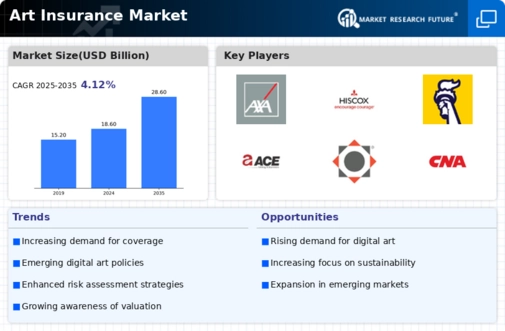


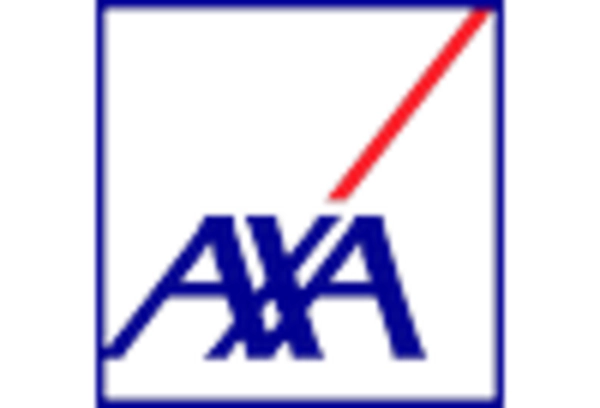
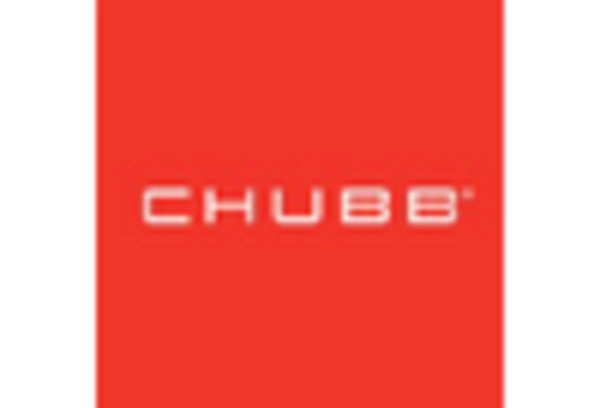
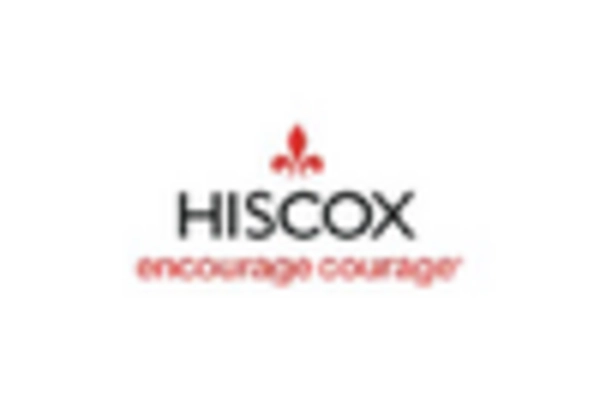
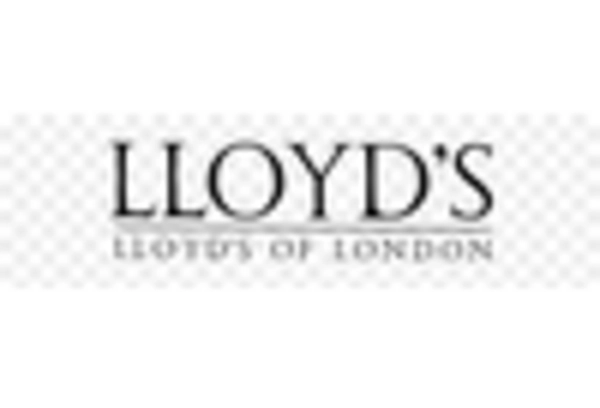









Leave a Comment